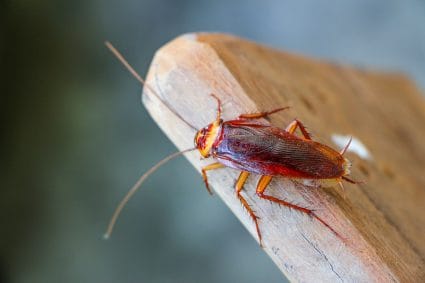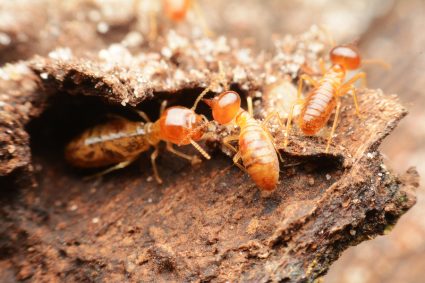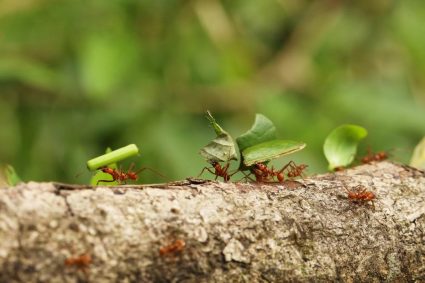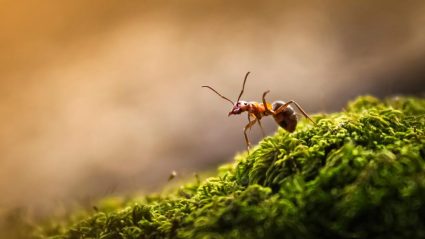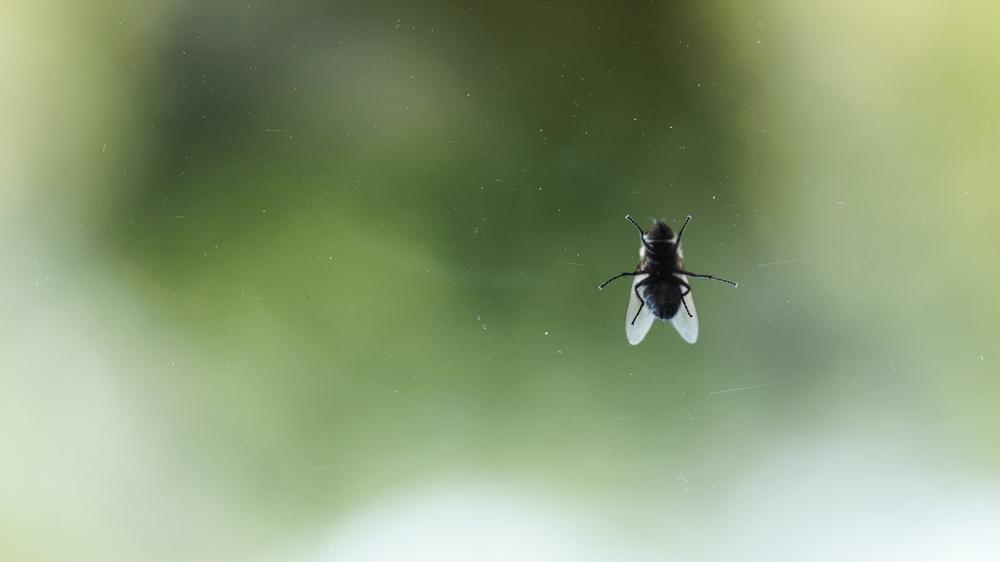
Green flies, also known as greenhead horse flies (Tabanus nigrovittatus), are common in the coastal marshes and wetlands of the Eastern United States. Their bites are known to be more painful than mosquito bites, and they can leave distinct symptoms and marks on the skin. In this comprehensive guide, we delve into what a green fly bite looks like, common symptoms, potential allergic reactions, and treatment options.
A green fly bite can be identified by a painful, itchy, red, and swollen mark on the skin. The pain may be more intense than a mosquito bite, due to the green fly’s method of feeding. While the size of the bite doesn’t always indicate the type of fly, if you’ve been in an area known for green flies and have such symptoms, it increases the likelihood of a green fly bite. Consult a doctor if unsure about the type of insect bite.
What is a Green Fly?
Green flies, or more specifically, greenhead horse flies, are a type of biting fly that is common in coastal marshes and wetlands. They have a unique method of feeding where they cut a wound in the skin with their scissor-like mouthparts and suck the blood that is released. This method of feeding is what makes their bites more painful than those of other insects.
Identifying a Green Fly Bite
Green fly bites can be identified by their distinct symptoms and characteristics. The primary sign is a painful bite, which may be more intense than a mosquito bite due to the green fly’s feeding method. The location of the bite can also be a clue. If you’ve been in an area known for green flies, such as the coastal marshes and wetlands of the Eastern United States, it increases the likelihood of a green fly bite.
It’s important to note that the size of the bite doesn’t always indicate the type of fly that bit you, as even a small fly can cause a large, irritated bite. If you’re unsure about the type of insect bite you have, it’s best to consult a doctor, who can examine the bite and consider its appearance and location on your body to help determine the type of fly responsible.
Common Symptoms of a Green Fly Bite
Green fly bites typically lead to symptoms such as pain, itching, redness, and swelling at the site of the bite. In some cases, the bite can become infected, leading to redness, warmth, and swelling that spreads beyond the initial bite area. Some individuals may have strong allergic reactions to green fly bites, causing additional symptoms such as dizziness, wheezing, and swollen skin. If you experience any of these symptoms or if the bite does not improve after a few days, it is recommended to seek medical attention.
Potential Allergic Reactions and Complications
While green fly bites are often just a nuisance, they can sometimes lead to more serious complications. Some people may experience severe allergic reactions, including symptoms such as dizziness, weakness, trouble breathing, or swelling in different body areas. Some flies, like deer flies, can transmit diseases like tularemia (rabbit fever) to humans. If a person experiences symptoms of an infection after a fly bite, like fever, nausea, headaches, or swollen lymph nodes, they should seek immediate medical attention.
Treating a Green Fly Bite at Home
There are several ways to treat a green fly bite at home. Start by cleaning the area with soap and water to prevent infection. Apply a cool compress or ice pack to reduce swelling and minimize discomfort. Over-the-counter anti-inflammatory medications, such as ibuprofen, can also help with discomfort.
For natural remedies, consider applying aloe vera gel, a mixture of cider vinegar and lemon juice, or honey to the bite. Other options include making a paste with baking soda and water, applying tea tree oil, or using an ice pack on the bite for 15-20 minutes to reduce inflammation and itching.
Remember, if you experience an allergic reaction to the bite, such as wheezing or hives, seek emergency medical attention. Also, consult your doctor if you notice symptoms of an infection after a fly bite, like fever, nausea, headaches, or swollen lymph nodes.
When to Seek Medical Attention
While most green fly bites can be managed at home, it’s important to seek medical attention if symptoms worsen, don’t improve after a few days, or if there are signs of infection. Signs of infection include redness, warmth, and swelling spreading beyond the initial bite area, as well as symptoms like fever, nausea, headaches, or swollen lymph nodes.
Preventing Green Fly Bites
Preventing green fly bites is the best way to avoid the discomfort they cause. When in areas known for green flies, consider wearing long sleeves, long pants, and closed-toe shoes. Applying insect repellent on exposed skin and clothing can also help deter these flies. Avoiding peak green fly season, usually in the summer, can also help minimize the chance of getting bitten.
In conclusion, green fly bites can be painful and irritating, but knowing how to identify, treat, and prevent them can help you enjoy your time outdoors without worrying about these pesky insects. Always remember to seek medical attention if symptoms worsen or don’t improve after a few days, or if there are signs of infection.
Frequently Asked Questions
What other regions are green flies found in?
Apart from the Eastern United States, green flies are also found in other parts of North America, Europe, and Asia. They typically inhabit coastal marshes and wetlands.
How long does a green fly bite take to heal?
The healing process can vary depending on individual factors, but typically, a green fly bite may take anywhere from a few days to a week to heal. If the bite doesn’t improve after a week or worsens, it’s recommended to seek medical attention.
Can green flies transmit diseases?
Yes, some species of green flies, like deer flies, can transmit diseases like tularemia, also known as rabbit fever. However, it’s not very common.
Are green flies attracted to certain colors or scents?
Green flies, like many other flies, are attracted to dark colors and strong scents. Wearing light-colored clothing and avoiding strong perfumes or scents can help deter these flies.
What time of day are green flies most active?
Green flies are most active during the day, particularly in the afternoon when temperatures are warmer. They are less active in the early morning and late evening.


